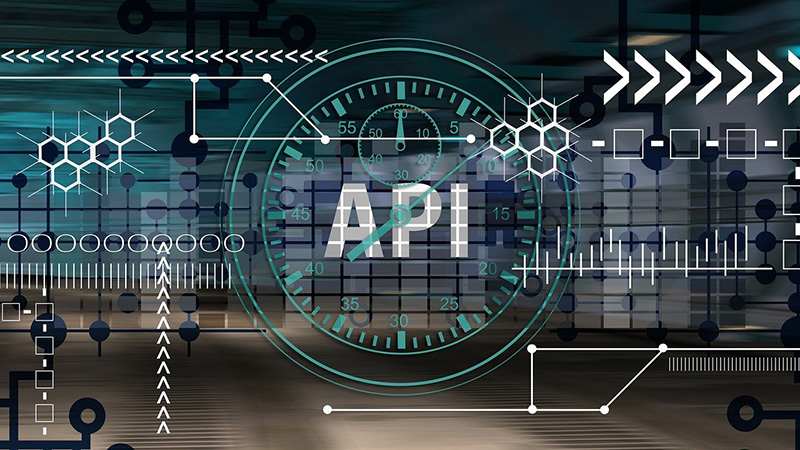 SECURITY
SECURITY
 SECURITY
SECURITY
 SECURITY
SECURITY
Application programming interfaces are critical to provide levels of system access permissions for particular groups of users, but they also present a big problem: Authorization using APIs provides a convenient backdoor for potential attacks, not to mention that APIs can become brittle and consume hours to debug and fix.
That’s why API authorization is getting a lot more attention now — including the release today of the API ThreatStats Report, which is Wallarm’s top 10 threat listing. It’s based on its analysis of more than 200 API-related leaks of the past quarter. It is an alternative to the various authentication risks from the Open Worldwide Application Security Project (OWASP), which named various kinds of authorization risks as several of its top 10 API risks. Wallarm has rolled up these different types of authorization risks into a single collection, which rises to second place in its own ranking.
“APIs are no longer just connectors; they’re the valves that control the flow of data in an organization,” wrote Wallarm’s authors. “Any leak, minor or major, can result in significant setbacks, from compliance failures to catastrophic data breaches.”
API authorizations certainly deserve more attention, as maintaining them requires a great deal of attention to the details as new applications are added or as existing relationships are modified to improve performance or to scale up their operations.
And while API problems have been in the news, they have been at the center of numerous data leaks for years, including the most recent Okta situation, along with leaks at Zoom, Apache Superset and VMware Tanzu, to name just a few more notable examples.
That’s one reason security software provider Cerbos Monday announced the public beta of a managed authorization service for application programming interfaces, called Cerbos Hub. As software stacks get more complex, they need to support more authorization decisions, methods and supply chains.
Cerbos Hub is a way for enterprise application developers to keep track of the myriad authorization policies across their application infrastructure and do so in a way that’s scalable and thorough to maximize productivity and maintain secure workflows across various processes.
“Once Cerbos Hub is implemented, developers can focus on the rest of their job without having to deal with every change in access control logic,” co-founder and Chief Executive Emre Baran told SiliconANGLE. The flow chart below shows how the Hub fits into a collection of APIs and applications:

The Hub automates the authorizations across development pipelines and simplifies policy testing and implementation, according to the company. It supports a wide collection of software languages such as Ruby, Rust, Go and .Net, and can run on a wide variety of environments, including public or private clouds, serverless or on virtual machines.
It competes with open-source alternatives such as the Open Policy Project, which requires its own policy control language to set up its operations. Hub has various pricing plans, including a free tier that is limited to 500 active monthly users, and paid plans that start at $25/month.
Support our open free content by sharing and engaging with our content and community.
Where Technology Leaders Connect, Share Intelligence & Create Opportunities
SiliconANGLE Media is a recognized leader in digital media innovation serving innovative audiences and brands, bringing together cutting-edge technology, influential content, strategic insights and real-time audience engagement. As the parent company of SiliconANGLE, theCUBE Network, theCUBE Research, CUBE365, theCUBE AI and theCUBE SuperStudios — such as those established in Silicon Valley and the New York Stock Exchange (NYSE) — SiliconANGLE Media operates at the intersection of media, technology, and AI. .
Founded by tech visionaries John Furrier and Dave Vellante, SiliconANGLE Media has built a powerful ecosystem of industry-leading digital media brands, with a reach of 15+ million elite tech professionals. The company’s new, proprietary theCUBE AI Video cloud is breaking ground in audience interaction, leveraging theCUBEai.com neural network to help technology companies make data-driven decisions and stay at the forefront of industry conversations.